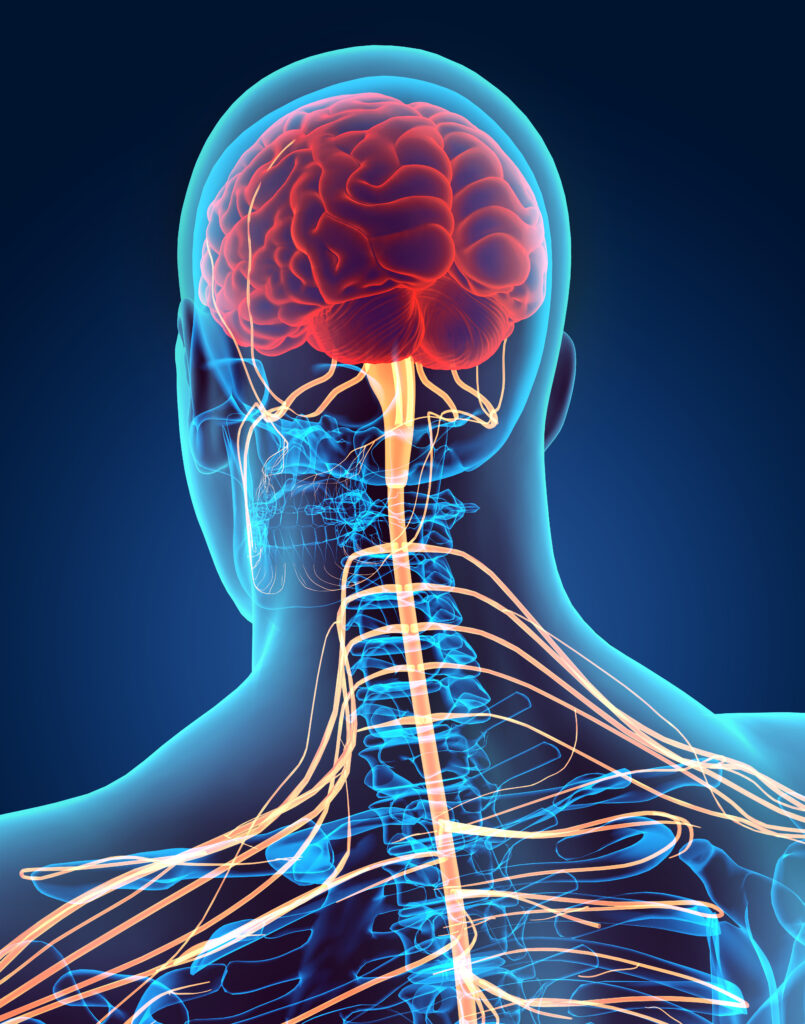Spinal Cord Injury
The spinal cord is a critical component of the Central Nervous System (CNS) and acts as the information superhighway, facilitating the distribution of signals from the brain to the rest of the body. Disruption of the spinal cord through both traumatic and non-traumatic injuries prevents the brain from communicating with the body, resulting in impaired function.
Traumatic Spinal Cord Injuries (SCIs) are frequently the result of road traffic accidents, falls, sporting injuries, gunshot wounds or combat injuries and can have devastating long-term physical, social and financial impacts on patients and their families.

At present, treatment is restricted to surgical decompression of the spinal cord, followed by rehabilitation therapy. There are no effective therapies available to regenerate the injured spinal cord. The cervical spinal cord (located in the neck), is the most frequent location of injury, resulting in impairments such as para/quadriplegia, reduced breathing capacity, immune system dysfunction and death. Damage to the cervical spinal cord results in the loss of cells critical for sending signals from the brain to the rest of the body. Without these signals, the ability to perform everyday activities such as walking, grasping, holding and controlling bowel / bladder functions, is compromised.

In Canada, the direct lifetime cost of care for an individual with quadriplegia is reportedly $3-4 million. Importantly, patients report that even small improvements in hand and arm function would have a tremendous impact on their quality of life, by providing independence for self-care (e.g. feeding, grooming, bowel/bladder care) and substantially reducing the burden on caregivers. Stem cells show exciting promise for treating SCI patients, due to their ability to replace any cell type within the human body. However, the harsh post-injury micro-environment of the spinal cord has proven difficult for stem cells to survive and regenerate the injured cord.
Inteligex has now developed proprietary stem cells specifically designed to survive and thrive in this harsh micro environment, resulting in the ability to repair and regenerate the injured spinal cord.

